Hakone: Approaching Peak
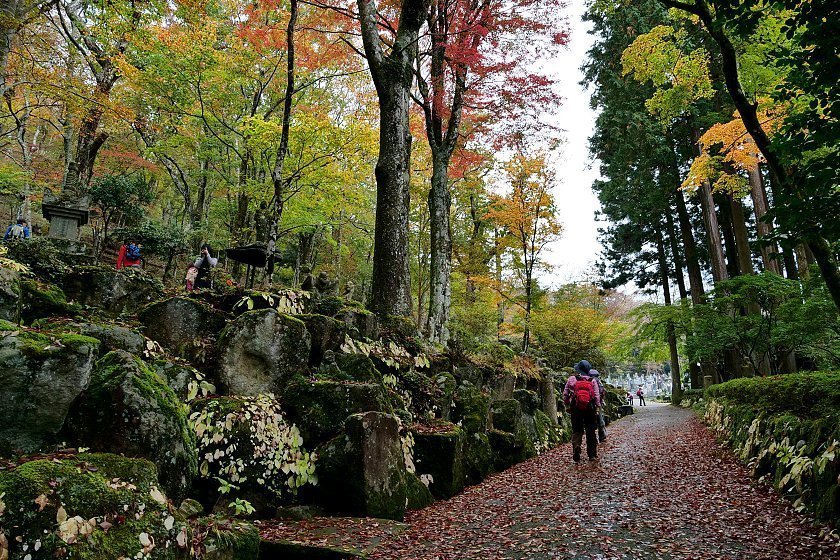
As November gets underway, the autumn colors in southern Tohoku and the lower elevations of central Japan are also starting to come into their own. This week, Joe reported that Naruoko Gorge west of Sendai has reached peak season, and Yamadera in Yamagata is also at peak. Last week, Sam went to Kyoto and confirmed that the leaves are beginning to change there as well. At this pace, it's likely that trees around Kyoto will be looking their best by late November.
Today, I went to Hakone to check on leaf conditions at several autumn color spots in the area. Part of the Fuji-Hakone-Izu National Park, Hakone is a popular side-trip destination less than 100 kilometers west of Tokyo known for hot springs and beautiful nature. Autumn colors in the area usually start to peak at Hakone's higher elevations in early November and last through the end of the month as they make their way down the mountain slopes. Today I found that not only have the colors started to appear, but are quickly approaching peak in most of the spots I visited, and around Lake Ashinoko the season is already starting to come to a close. If you're planning a trip to the region, from now until the end of the month there will be nice fall colors somewhere in Hakone.
Choanji Temple
My first stop today was at Choanji Temple in the Sengokuhara area of Hakone. Established in the mid-14th century, Choanji is known for its atmospheric walking trails and large collection of rakan statues (disciples of Buddha) which can be seen throughout the grounds. Today I found the fall foliage around the temple complex to be approaching peak. Although the trees along the main approach were still mostly green, the paths on the hillside behind the main temple hall had progressed further and were a pleasant patchwork of reds, oranges and greens. At the top of the cemetery most of the color had passed. Already the temple grounds are worth visiting, and I estimate the complex will reach its peak in the next week.
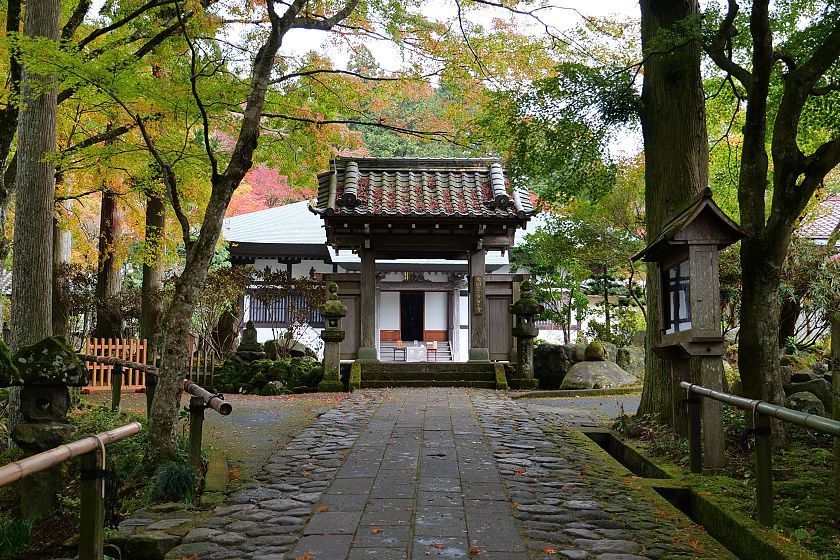

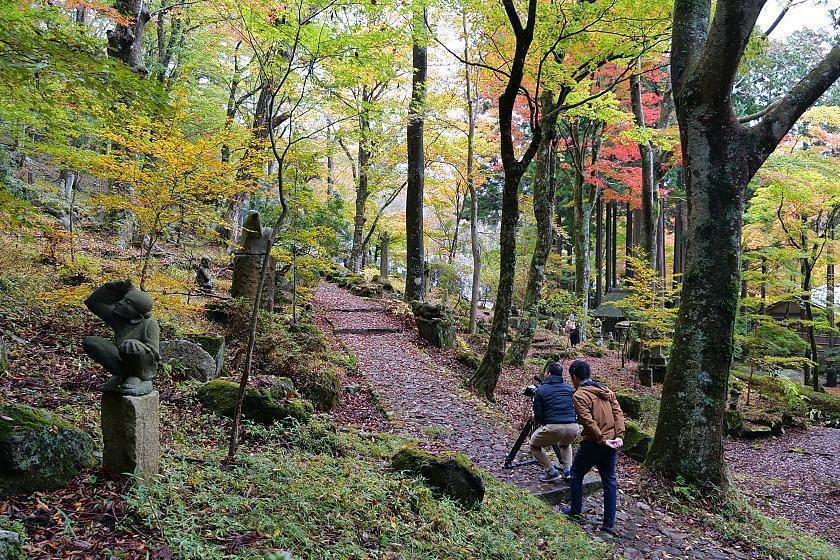
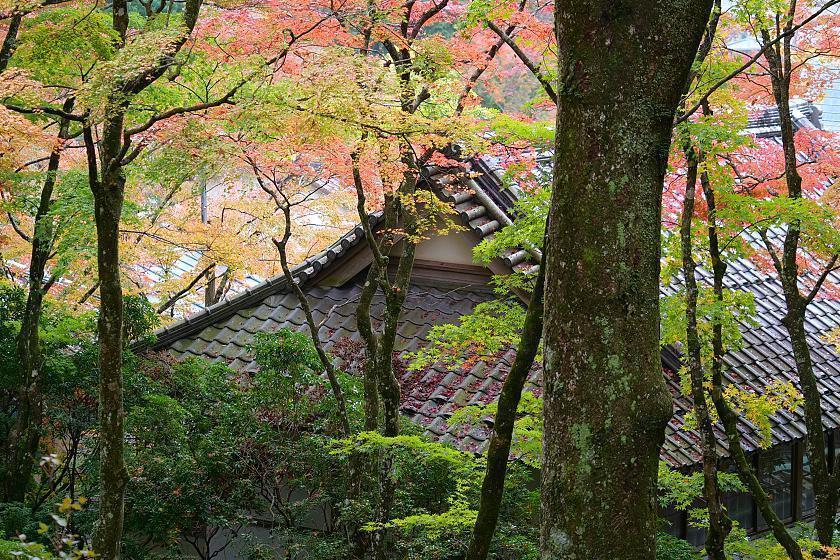

Sengokuhara Pampas Grass Field
Moving on, I went to the nearby Sengokuhara Pampas Grass Field on the west slope of Mount Hakone. At the pinnacle of fall, the pampas grass here turns a beautiful rich amber color. As I walked the single path which cuts through the field, I was happy to discover that in general the grass has nearly completed the transition from summer green to autumn gold. I predict the color will continue to improve slightly over the next week and reach its peak as the stalks' green lower leaves finish changing color. As a sidenote, if you are driving to the Sengokuhara Pampas Grass Field, there is a parking lot on the left side of the road directly across from the entrance to the field which costs 500 yen.
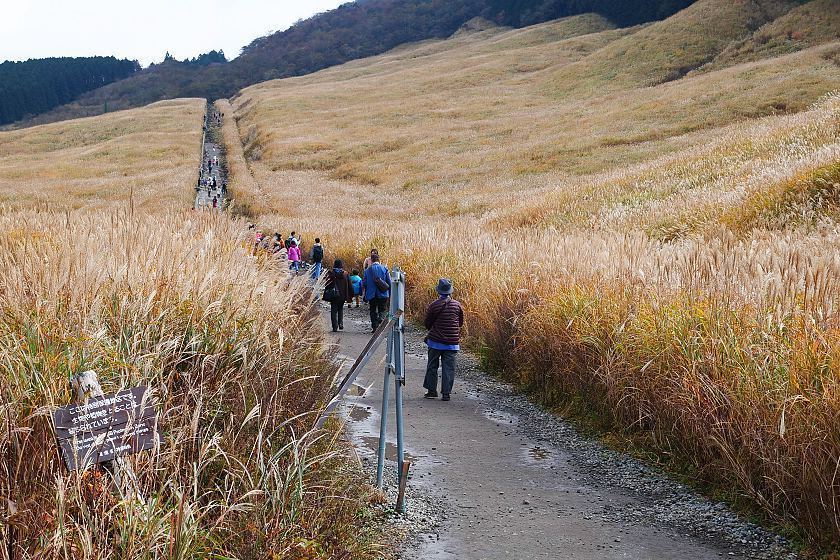
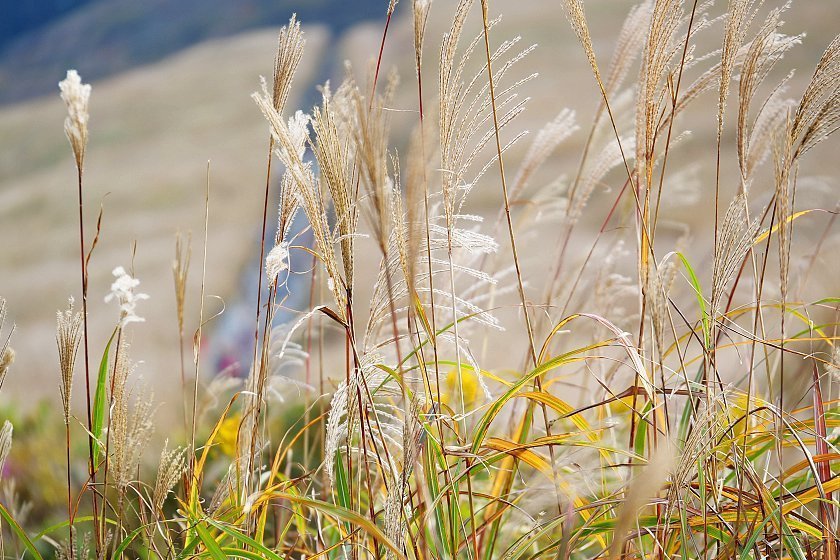
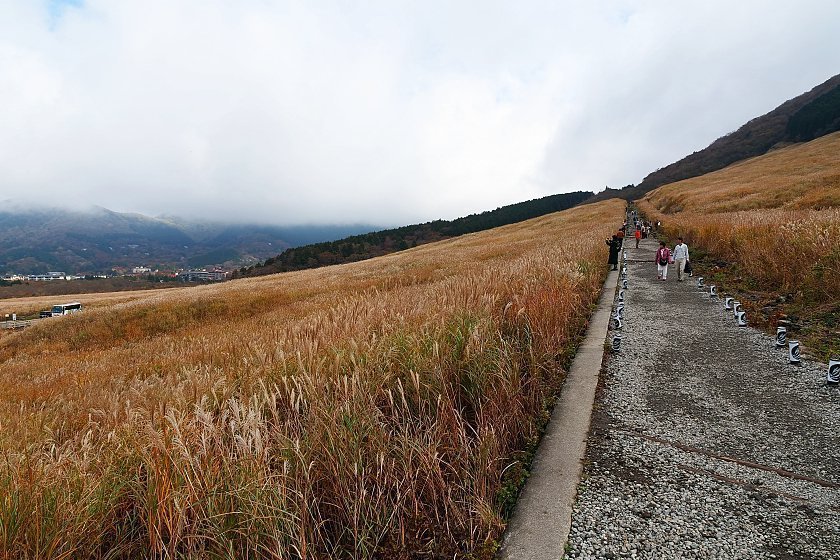
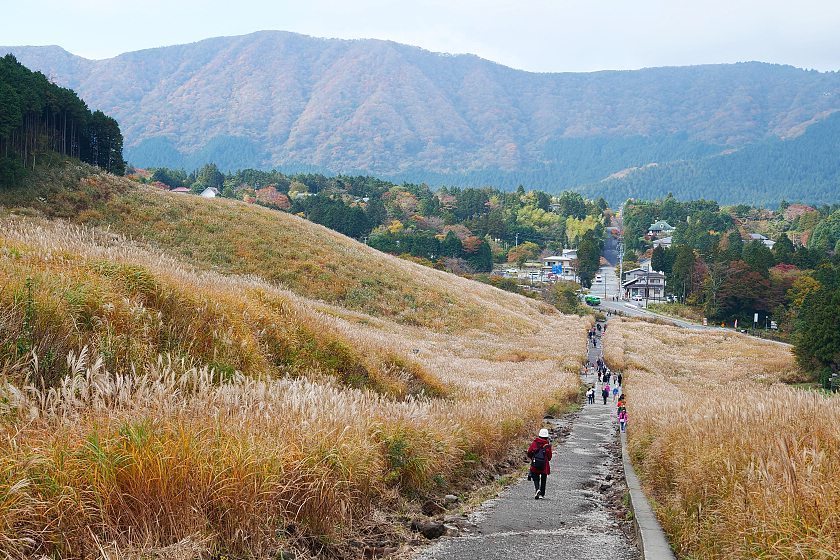
Hakone Art Museum
Next up was the Hakone Museum of Art. Although the museum houses a collection of Japanese ceramics, the main attractions during fall are its two beautifully designed gardens. Exploring the winding paths of the moss garden first, the maple trees were still predominantly green but beginning to develop nice colors in places. Directly attached to the moss garden is the a Japanese landscape garden called Sekirakuen Garden (literally "enjoyable stone garden"). Sekirakuen is open everyday during November, but other times of the year visitors can only enter on weekends or national holidays. Here also, the trees were not yet at peak but showing slightly more color. In the next two weeks I expect both gardens to reach their peak for the season.

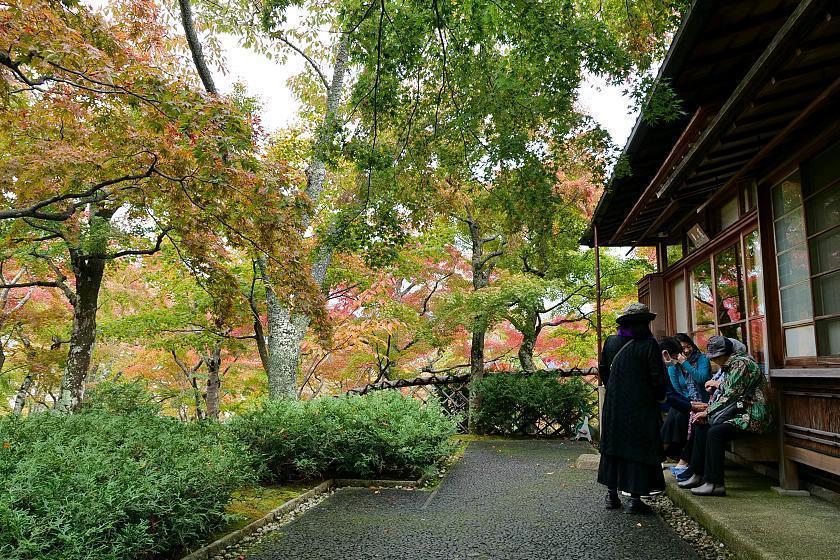
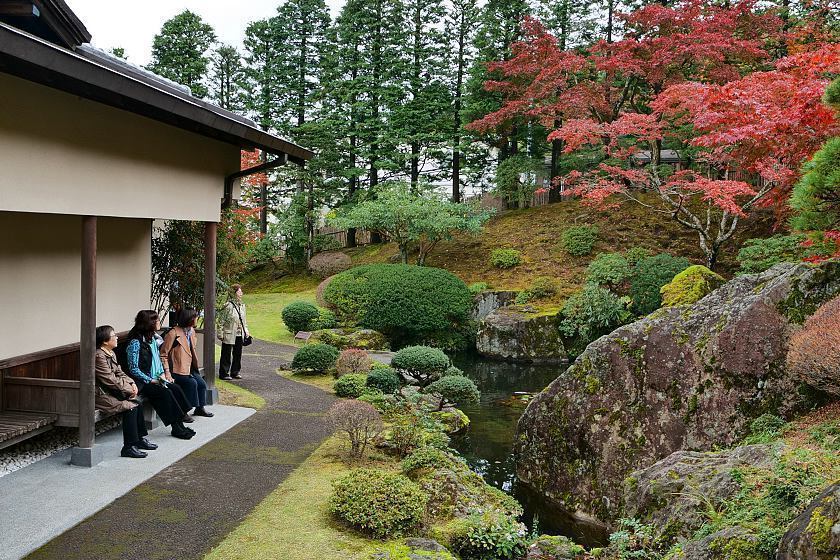
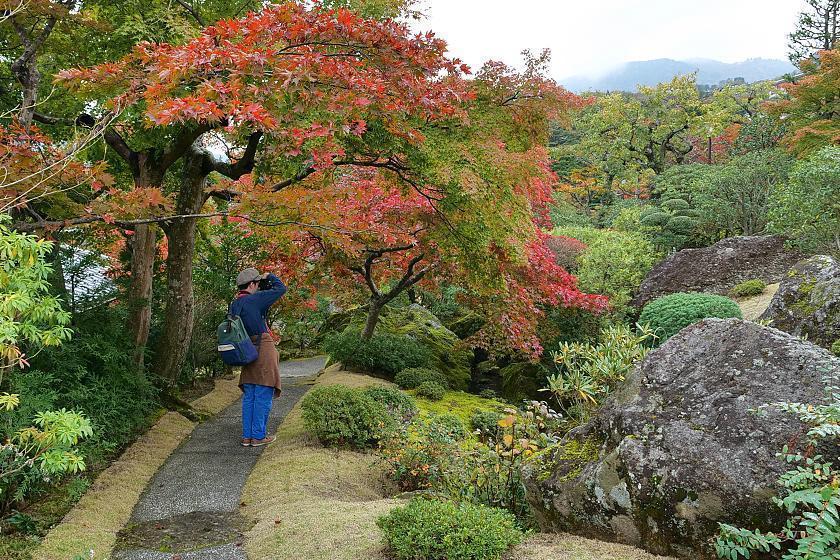
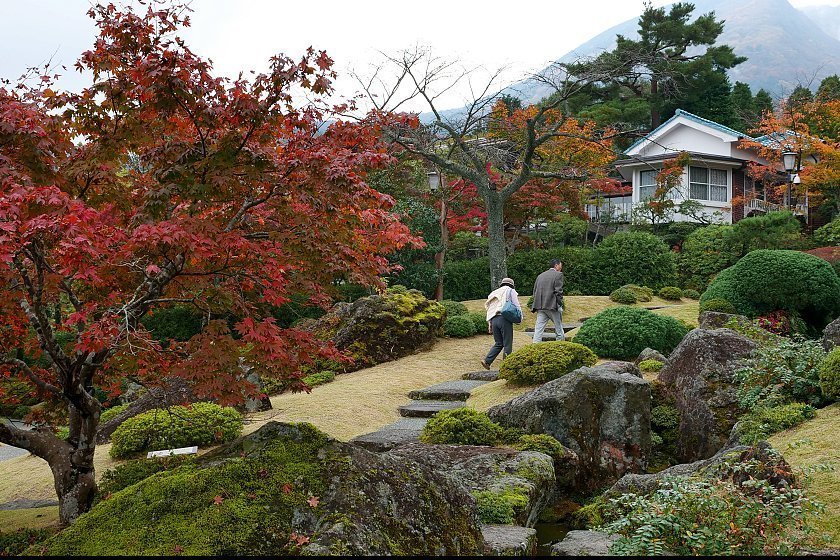
Lake Ashinoko
After the musuem, the final area I explored was around Lake Ashinoko. On the southeastern shores I stopped at the quaint town of Moto-Hakone. On a clear day, this is a prime spot to photograph Mt.Fuji, however today was a bit too cloudy to see the famous mountain. Unfortunately it seems the autumn color season is already winding down here. Along the shore many trees had already lost a significant number of leaves, and those that remained were not very vibrant.
Moving counterclockwise along the coast, I went to nearby Oshi Hakone Park, home to many pleasant walking paths and also the Hakone Detached Palace. Similar to Moto-Hakone, there were many bare branches and past-peak colors on the trees.
Lastly, I drove north along the scenic Ashinoko Skyline toll road which runs along the ridge of mountains to the west of the lake and offers views of the surrounding area at several points. Along the road it was the same story, most of the trees had less than half their leaves. From one of the observation points I was able to get a wide view of Lake Ashinoko which confirmed that the entire lake area is past peak.

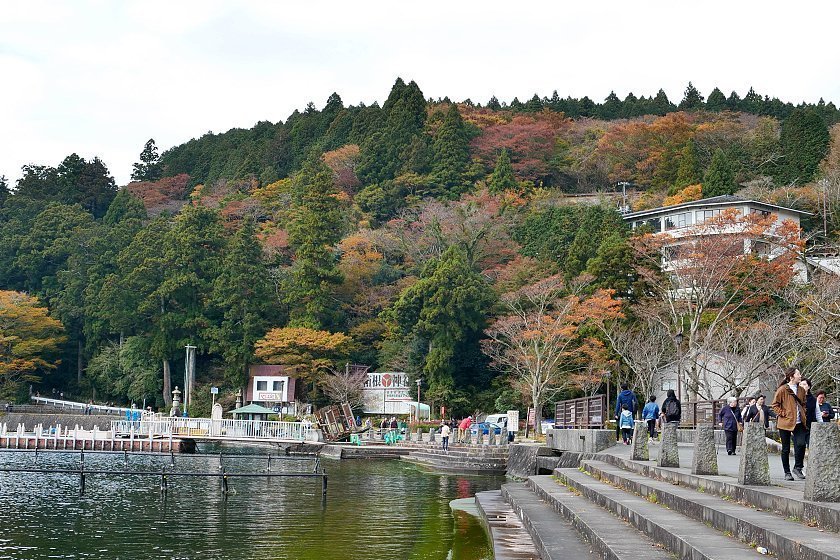
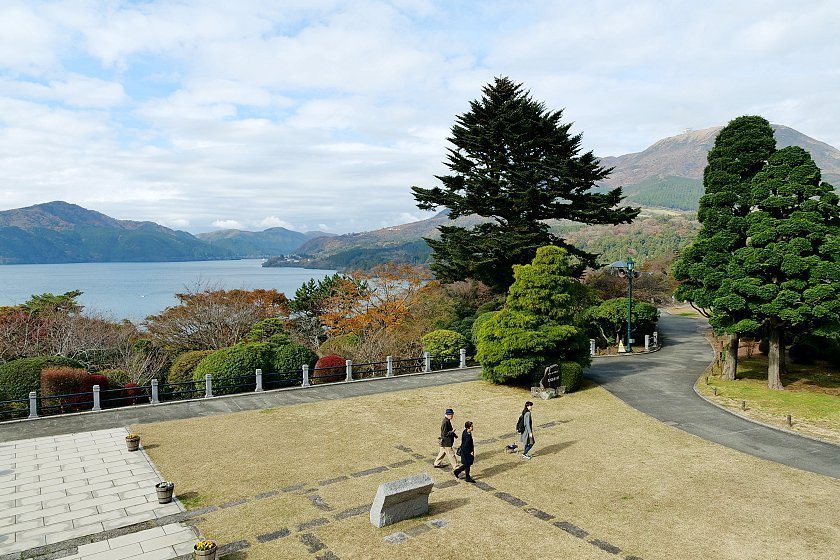

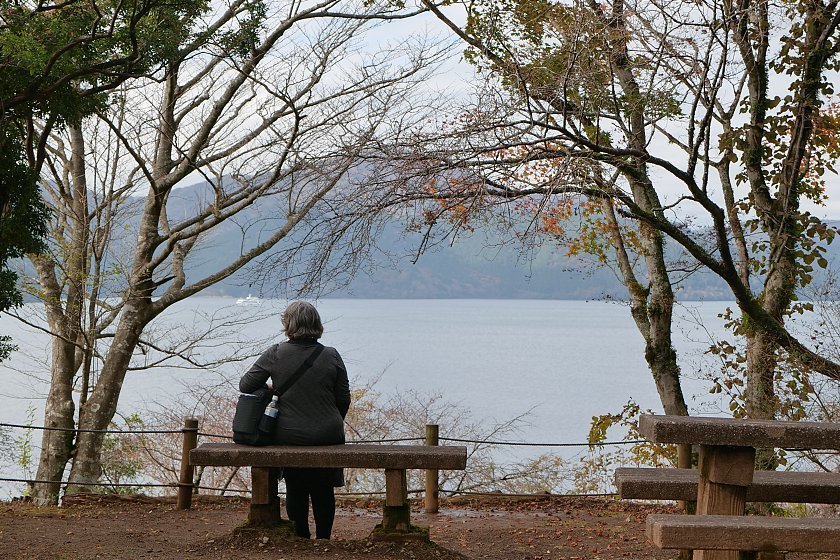
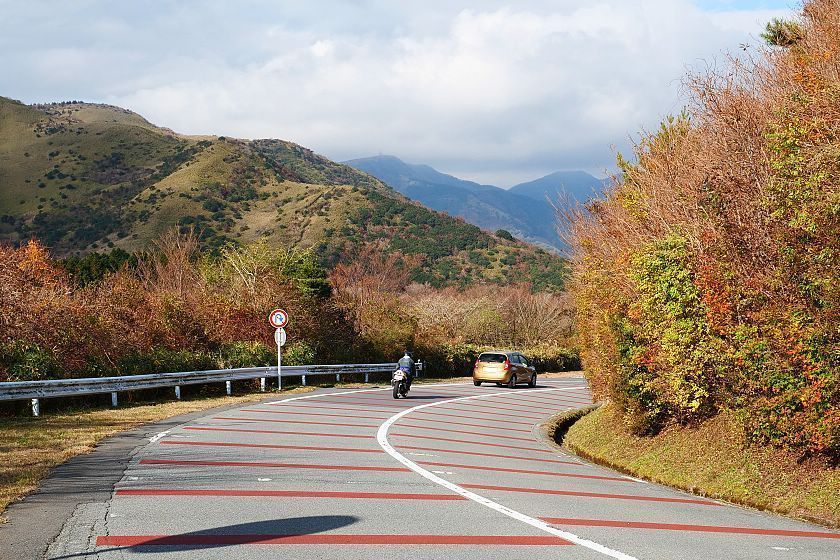

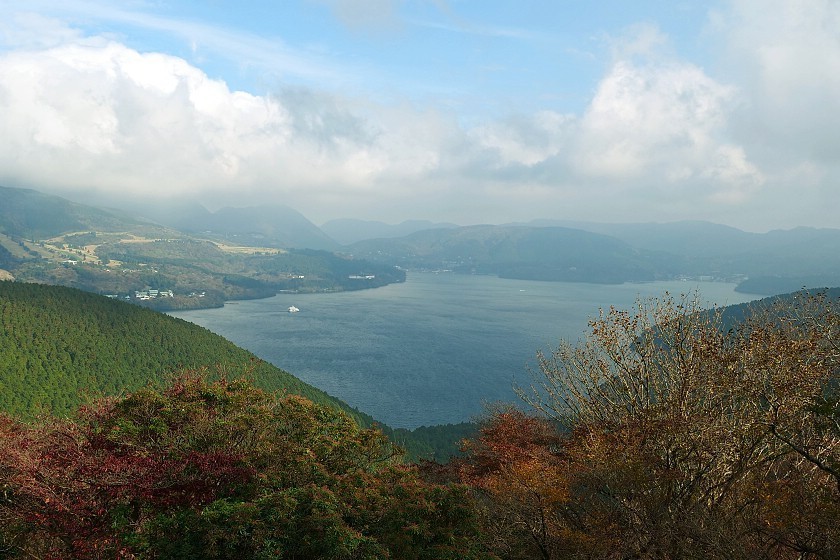
Questions? Ask in our forum.





